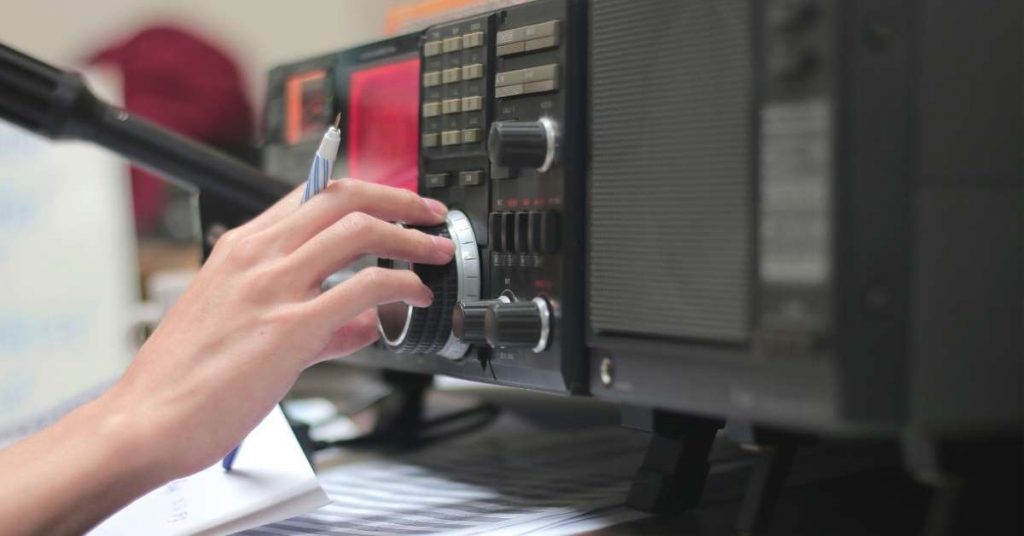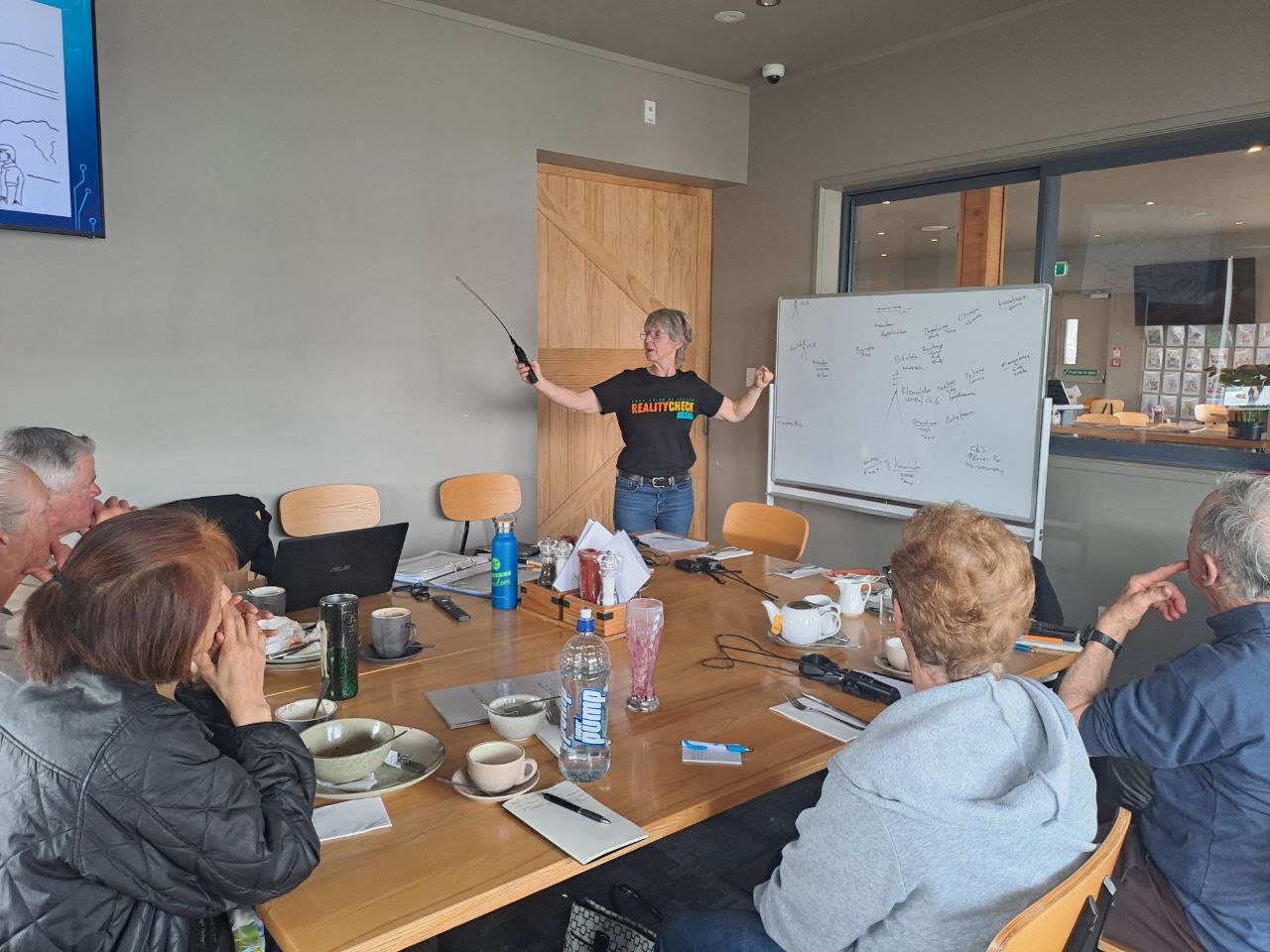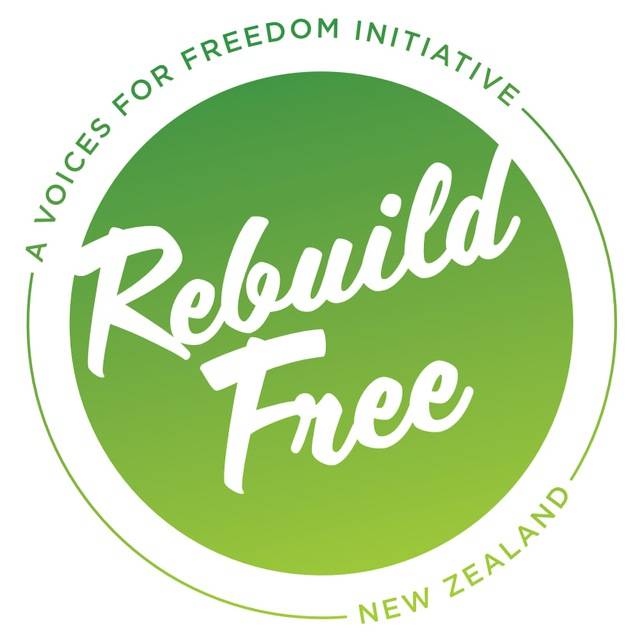
Imagine the unthinkable: There has been a natural disaster, the cellphone system is overloaded with calls, much of the hardware connecting you to the internet is down, and you’re hearing constant pleas to only text people, but text messages are taking hours. How do you connect to your support groups?
Now, stop imagining. This is what happened in Christchurch after the earthquake. Not only was the local cellular system overloaded, but much of the NZ infrastructure suffered serious congestion, Luckily this was only a local event and the rest of the new Zealand system managed to carry the traffic, and supply additional resources, the system did not fail, but it highlighted a problem with our internet-based systems. What happens when they go down.
While many candidates are looking to enter this market as potential solutions, there is an old-school method that may not cost you very much and you won’t need any contracts or monthly fees. Yep, we are talking basic two-way radios.
For most people, this conjures the image of walkie-talkies, and some 70s tv shows with “Breaker 19” being called by truckers, and CB radios are still used today in trucks, but two-way radio has a lot more going for it than just strange lingo and lids walkie talkies.
Modern radio systems are still used by Ambulance and Fire and Emergency as their primary communication, The systems carry both voice and data and can even provide basic internet connectivity. But for our applications, let us just consider voice options.
We have three options.
- Buy a Commercial License. Commercial licensing is possible and can work, or you can share a frequency with others by leasing space on a system. The lease idea is what you do every month with your cellphone, but with a radio, you might be able to talk direct radio to radio, even if the system goes down. But bit the rentals costs and the equipment cost make this an expensive exercise.
- Use Unlicensed radio bands. CB Radio (27Mhz) and PRS (477Mhz) frequencies have been allocated for use by private citizens using low-cost, low-power radios. These can be handheld or designed to be installed in a vehicle with an external antenna… Once you own the radio, you can use it with no license required, but you have to share the space with other users, but there are up to 80 channels to use. The low power means low range with handhelds giving about a 1 kilometre range and vehicle-mounted units getting up to 7 kilometres if there is nothing between you.
- Use the amateur radio bands. Amateur radio operators are given many frequencies, and power limits up to 1,000 watts. This allows communication not only within New Zealand but around the world. In addition “Hams” have also set up repeaters, and even networks of repeaters that allow them very long-range communications, and HF radios can communicate hundreds or even thousands of kilometres.
For easy entry and short-range communications, PRS radio is usually the cheapest and easiest option. You purchase some off-the-shelf, type-approved, radios and you are all good to go, some cities have local repeaters that allow you to get more range, but remember everyone can hear what you say, and may even join in, so many people use a “handle” (nickname) rather than their real names. You no longer need callsigns but some of us use callsigns (letters and numbers) to help us identify as a group. A list of NZ repeaters is kept here: https://blowonthepie.co.nz/prs-uhf-repeaters-nz/
Amateur Radio Operators

Ham Radio (amateur radio operator) requires that every user sits and passes a competency examination, and gain a General User Radio License (GURL) which can be obtained by any NZ citizen who has passed the exam, and paid the fee to Radio Spectrum Management (RSM), currently 100 dollars for a lifetime license. There is no age limit for anyone who wishes to sit the exam, many clubs arrange local classes, and there are online classes you can use to prepare for the 60-question test.
Amateur radio equipment can be expensive, but there is also a lot of good quality second-hand equipment that can be purchased by anyone holding a GURL that can be used on the amateur radio bands, and many amateurs will be so happy to see new members that they will help. Amateurs use both commercial and also home-built equipment to run their stations, and many hams have gone on into careers in electrical or electronics using the skills they gained as amateurs. In a later article, I will explain how to get your license.

So unlike a cellphone Radios do not need a network to operate. Radios can talk directly and once you know-how, an amateur radio operator can set up a station anywhere. Many use batteries, solar panels, and homebuilt antennas to perform field operations from any place they need to. So it can be both a hobby and also a way to gain technical skills.
So, what’s your backup plan to communicate?




We live in Renwick near Blenheim & would like to get a simple radio amateur & be in touch with a local operator.
Hi there,
Thanks for your comment! We’ve put you in touch with your local Radio Area Coordinators (RACs).
Happy connecting,
The Rebuild Free Admin Team